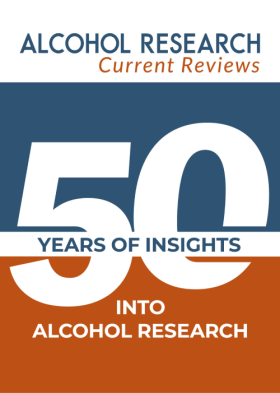Noncoding RNA and Alcohol Use Disorder: A Scoping Review of Current Research and Knowledge Gaps
Key Takeaways
- Noncoding RNAs (ncRNAs) dominate the genomes of mammals, including humans, and epigenetically transduce the effects of the environment into all cells and tissues.
- Understanding of the role of ncRNAs in the pathogenesis of alcohol use disorder (AUD) is in its infancy.
- Most of the research has focused on very few classes of ncRNAs, mainly on microRNAs.
- Research has mainly focused on...




